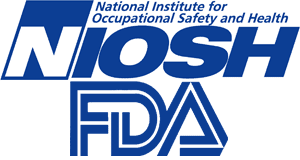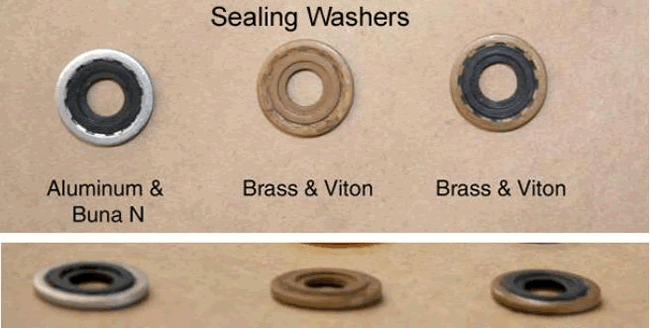 |
||
| 7625 West New York Street | ||
| Indianapolis, Indiana 46214-4911 USA | ||
| Telephone: (317) 273-6960 | ||
| Facsimile: (317) 273-6979 | ||
| Order Desk Telephone: (800) 401-1723 | ||
| Order Desk Facsimile: (800) 515-9254 | ||
| E-mail: info@floteco2.com | ||
FDA AND NIOSH Public Health Notification: Oxygen Regulator Fires Resulting from Incorrect Use of CGA 870 Seals |
|
(You are encouraged to copy and distribute this information) Issued: April 24, 2006 Dear Colleagues: This is to alert you to the danger of fires at the interface of oxygen regulators and cylinder valves because of incorrect use of CGA 870 seals, and to point out an important precaution you can take to avoid such fires. BackgroundFDA has received 12 reports in which regulators used with oxygen cylinders have burned or exploded, in some cases injuring personnel. Some of the incidents occurred during emergency medical use or during routine equipment checks. FDA and NIOSH believe that improper use of gaskets/washers in these regulators was a major factor in both the ignition and severity of the fires, although there are likely other contributing factors. Two types of washers, referred to as CGA 870 seals, are commonly used to create the seal at the cylinder valve / regulator interface: The type required by many regulator manufacturers is a metal-bound elastomeric sealing washer that is designed for multiple use applications. The other common type, often supplied free-of-charge with refilled oxygen cylinders, is a plastic (usually Nylon ®) crush gasket suitable for single use applications. The nylon crush gaskets require higher torque than the elastomeric sealing washers in order to seal the cylinder valve / regulator interface, and if they are used again, they require more torque with each successive use. The cylinder valve / regulator connection is designed to be hand-tightened. If the crush gaskets are re-used, the need for increased torque may require using a wrench or other hand tool, which can deform the crush gasket and damage the cylinder valve and regulator. This can result in leakage of oxygen past the cylinder valve seat and across the nylon crush gasket. According to a forensic analysis supported by FDA and NIOSH, “flow friction” caused by this leakage of compressed oxygen across the surface of the crush gasket may produce enough thermal energy to spontaneously ignite the nylon gasket material. RecommendationsFDA and NIOSH recommend that plastic crush gaskets never be reused, as they may require additional torque to obtain the necessary seal with each subsequent use. This can deform the gasket, increasing the likelihood that oxygen will leak around the seal and ignite. The following general safety precautions should also be taken to avoid explosions, tank ruptures and fires from oxygen regulators.
Figure 1 : Examples of crush gaskets available for CGA 870 type medical post valves
.Figure 2: Examples of some sealing washers available for CGA 870 Style medical post valves. Reporting to FDATo report your experience regarding the devices in this Notification, please use MedWatch, the FDA’s voluntary reporting program. You may submit reports to MedWatch by phone at 1-800-FDA-1088; by FAX at 1-800-FDA-0178; by mail to MedWatch, Food and Drug Administration, 5600 Fishers Lane, Rockville, MD 20857-9787; or online at http://www.fda.gov/medwatch/report.htm Getting More InformationIf you have questions about this notification, please contact the April Stubbs-Smith, Office of Surveillance and Biometrics (HFZ-510), 1350 Piccard Drive, Rockville, Maryland, 20850, by Fax at 301-594-2968, or by e-mail at phann@cdrh.fda.gov. You may also leave a voicemail message at 301-594-0650 and we will return your call as soon as possible.
Updated April 25, 2006
|


